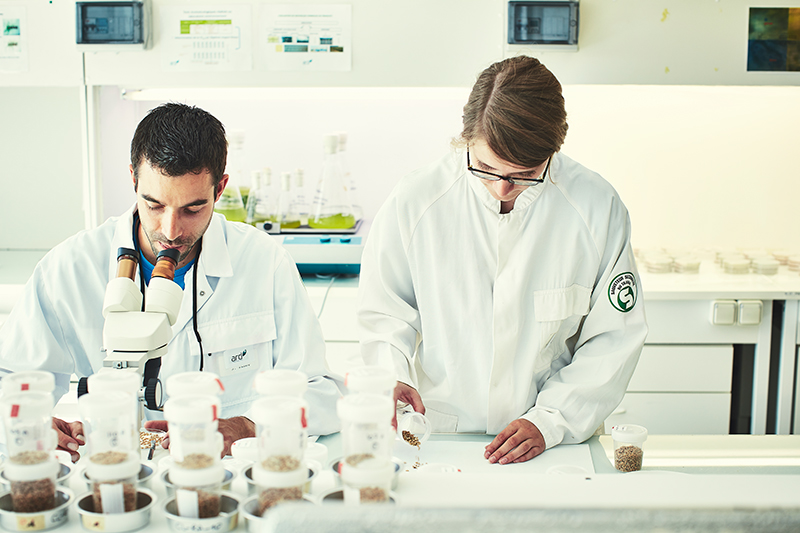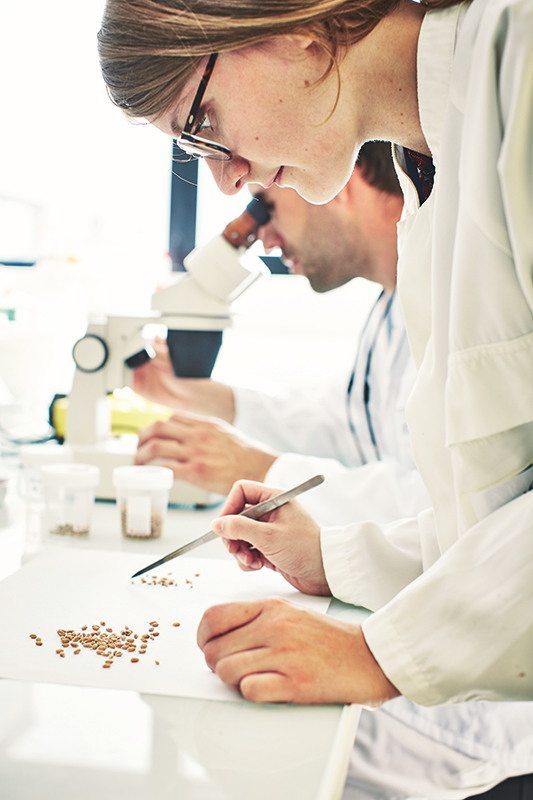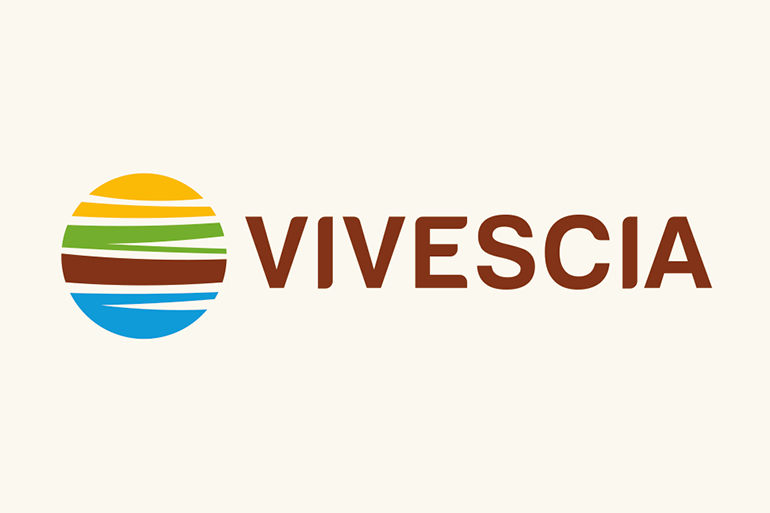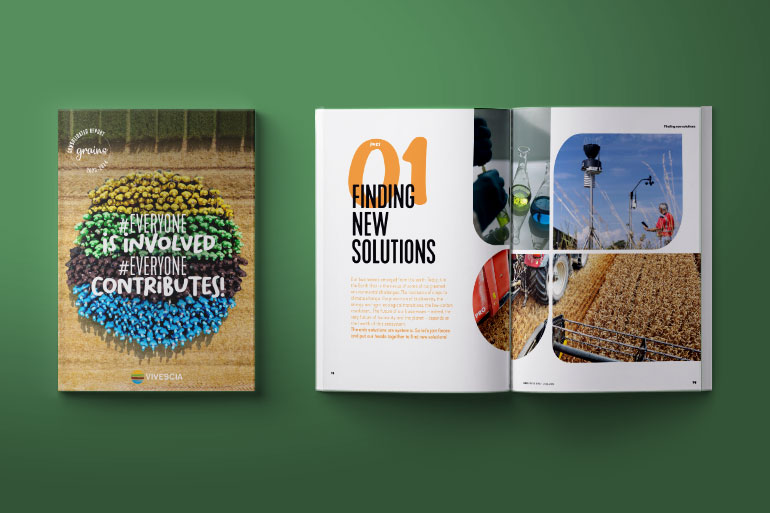Bio-inputs: a conversation with Alix Rousseaux


A major focus for innovation and experimentation for the future of farming, bio-inputs come from the earth, a living environment that helps to defend plants and ensure their growth.
What exactly is a bio-input?
The soil is an ecosystem that is home to bacteria, yeast, and mould. Bio-inputs mobilise these resources, which are naturally present in the soil. So, developing bio-inputs means using the wealth of microorganisms in the earth to obtain natural, living inputs, that are compatible with a farming system that is economically viable and environmentally friendly over the long term.
There are different types of microorganisms. Can they play different roles? And therefore meet different needs?
Yes. Some live in symbiosis with plants, for example. They act as fertiliser transporters and facilitate the penetration of these minerals into the plant's roots. Others naturally protect the plants, they prevent the development of pathogens by occupying the space. Others still work inside plants, producing molecules that the plants use to defend themselves. The different types of bio-inputs are bio-control products, which fight diseases; bio-fertilisers, which facilitate the assimilation of nutrients provided by fertilisers; and bio-stimulation products that boost plants.
So, bio-inputs are naturally present in the soil. What do your research and experiments bring to the table?
Bio-inputs are living products that can be found in the soil and on plants. Like mushrooms that help to fight fusarium, a disease that affects wheat, for example. In order to replace conventional plant health products with natural products, or reduce the quantities of conventional plant health products or fertilisers used, we need to to understand them better, to develop processes that enable them to develop in great numbers and that enable them to withstand application in the field, and to determine the best way to use them depending on the nature of the soil and the growing conditions. Many experiments are needed before we know how to optimise their use. This is the purpose of the research programs developed by ARD — an industrial biotechnology and plant chemistry company that is part of VIVESCIA group – with the support of CRD (Céréales Recherche et Développement), essentially financed by VIVESCIA.

What about bio-control? What are you controlling?
Bio-control is a way of helping plants fight certain diseases (glume blotch and fusarium of wheat, for example). For this, we isolate and select the microorganisms likely to be the most effective. We conduct tests on plants in laboratories, and then in test fields. Regarding “project CERBIO”, the fight against fusarium, the first results obtained in micro plots are interesting and promising*. Final detail: the Cerbio microorganisms can be used on their own or in combination with others (under the condition that you use a fungicide that is compatible with the strain, or you spread out applications).
And how do bio-fertilisers "fertilise"?
We have isolated strains of bacteria that facilitate the assimilation of phosphorus by the plant, which reduces the need to add phosphorus to the soil. That is the purpose of the "Bioferti" project. The selected strains were developed in a fermenter and tests on rapeseed and maize fields are underway. Several strains under development boost yields by up to 4.5% (without phosphorus fertilisation compared with non-inoculated control plants fertilised using the standard method) and up to 7.5% (without phosphorus fertilisation compared with non-inoculated control plants with no phosphorus fertilisation).

And how does bio-stimulation work? What are the advantages?
The project developed by ARD/VIVESCIA has highlighted the role of microorganisms that live in symbiosis with the roots of sunflower plants and secrete a product (oligo-saccharide) capable of capturing water and returning it later. Sunflowers and spring wheat cultivated with these laboratory-grown strains (i.e. under controlled temperature, humidity, and light conditions) show greater and more rapid germination. Field trials are planned for October 2018 for spring wheat and April 2019 for sunflower. This increased germination should produce better yields for both species in the event of water stress.
Do bio-inputs really have potential as a solution for reducing chemical inputs?
The earliest research in this area goes back around 20 years, and it has been stepped up in the last 10 years with the support of ARD. We are persevering because we are convinced there is potential! Indeed, bio-inputs work very well under the controlled conditions of vegetable cropping, which often takes place in greenhouses. This is obviously not the case for large-scale grain crops. In this case, bio-inputs complement or partially replace plant health products, because they are living products and are therefore highly dependent on the weather. For them to be as effective as chemicals, we need to learn more about how to use them, conduct different types of experiments than those we would organise for conventional plant health products, and use them in conjunction with other solutions (genetics, agronomy, mechanical solutions, decision-aid tools). We are working on it, and we are making progress every day! The results on micro-plots are very promising. ARD is considering scaling up, both in field trials and the industrial development of the process, in order to produce bio-inputs that are available to farmers within five years. The aim is to replace 20 to 50% of conventional plant health products and to reduce the need for chemical fertilisers. These innovations must be combined with agronomic progress (crop management, rotation, cover crops, etc.) to maximise their success.
*A strain that improves yields by up to 17% (with two applications of a single strain) compared to an untreated control plant (a full dose of the benchmark conventional plant health product (PHP), Prosaro, boosts yields by 25% compared with the untreated control plant). We have a patent pending for this strain.




